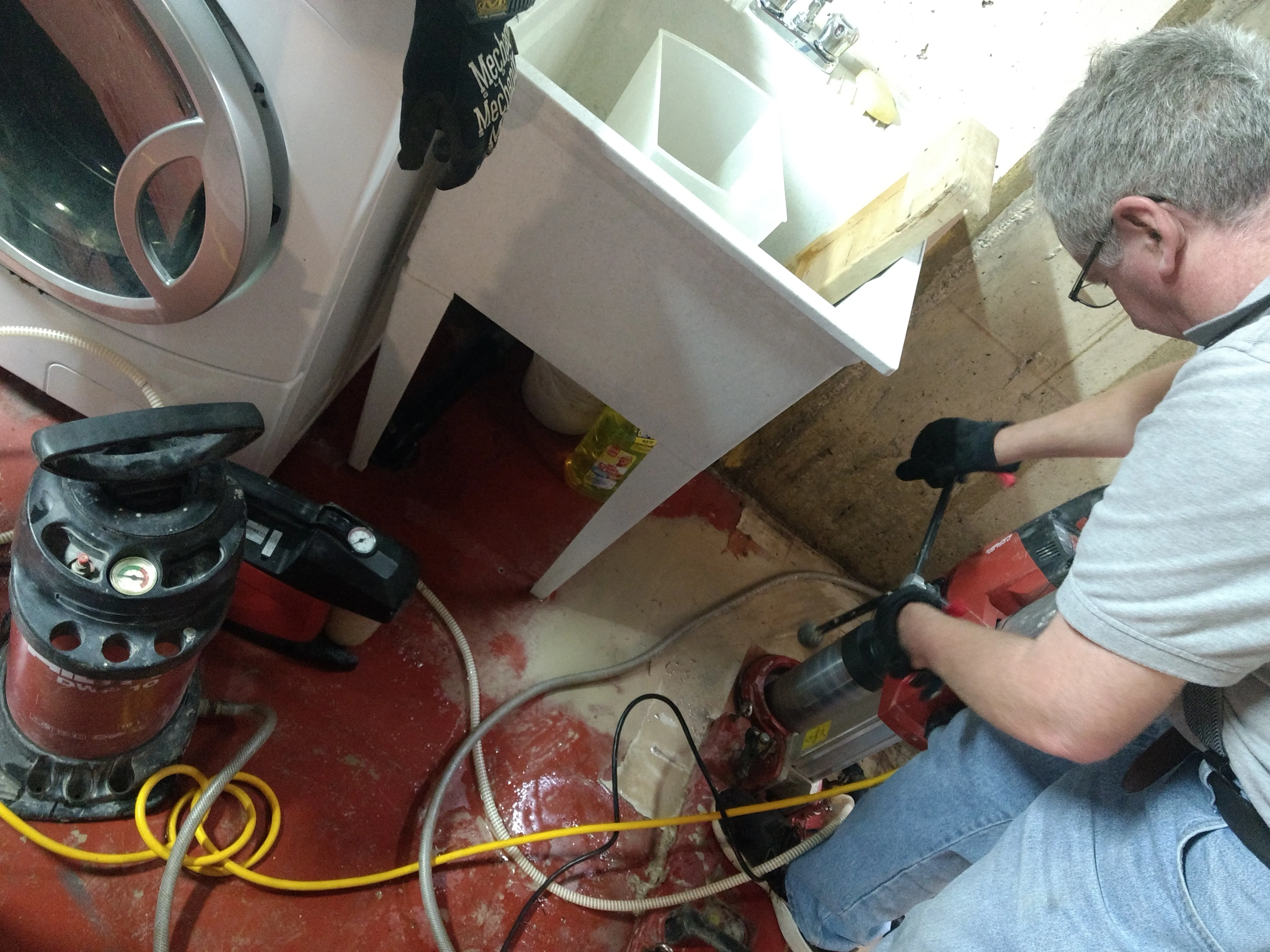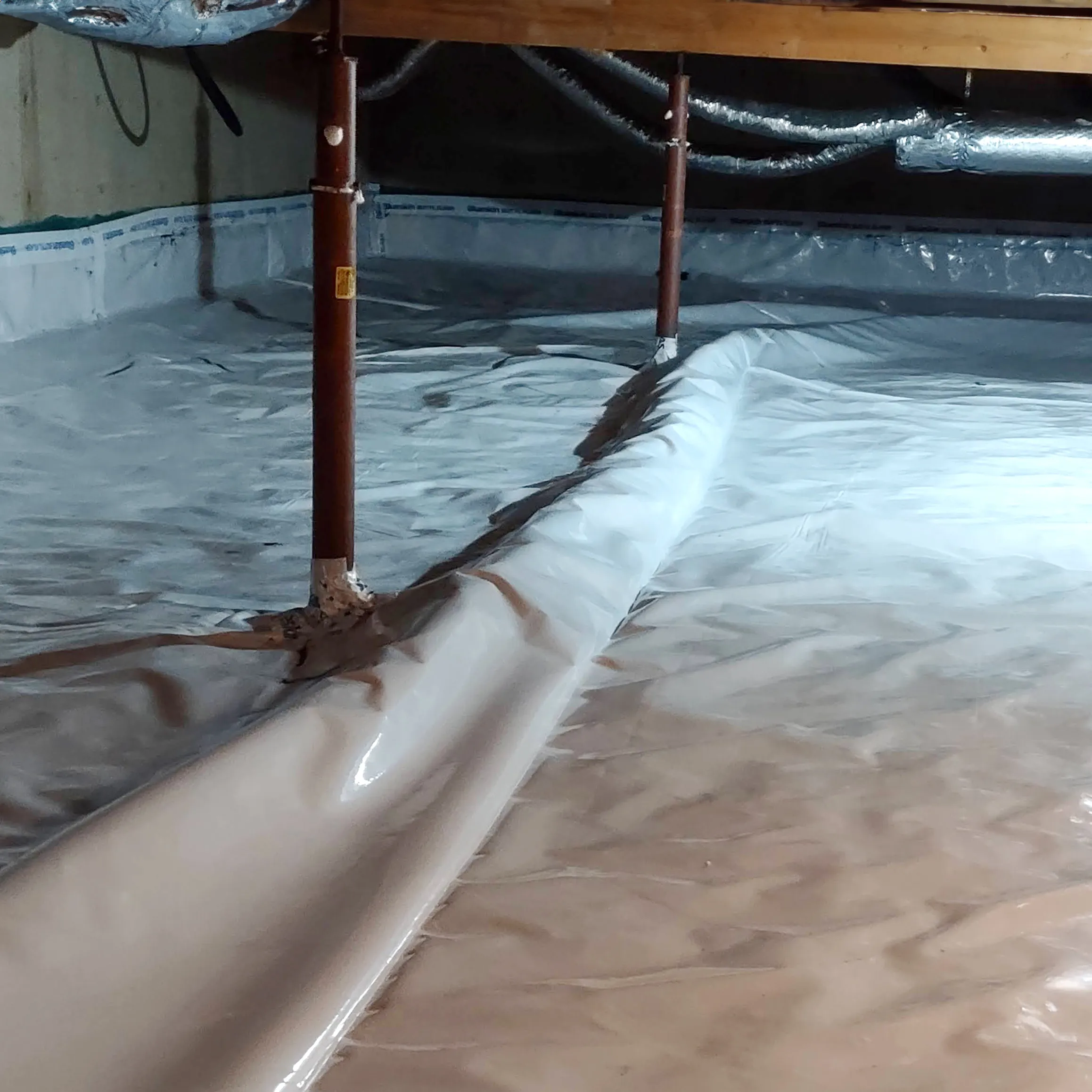Radon Mitigation
We use Canadian General Standard approved mitigation techniques that ensure you'll get a safe and effective solution for your home.
Our Process
- 1
Testing / Evaluation
All homes have radon and should be tested via personal detectors, long term test kits, or short term tests.
- 2
Quote
Do you have high levels of radon? We'll provide a free quotation for a mitigation system in your home to reduce radon to a safe level.
- 3
Installation
The installation process can usually be done in 1 day with minimal disruption to your home.
- 4
Follow-up
We'll work with you to verify radon levels are acceptable after the mitigation system has been installed.
Our Mitigation Methods
No two homes are the same and that's why we tackle radon with a variety of approaches. Learn about how we use Active Sub-Slab Depressurization, Sump-Hole Depressurization, and Active Sub-Membrane Depressurization to keep your home safe.
-
Active Sub-Slab Depressurization
Sub-slab depressurization (also called active soil depressurization) is the most effective and reliable radon reduction technique. It is also the most common method used by C-NRPP certified professionals.
This method involves installing a pipe through the foundation floor slab and attaching a fan that runs continuously to draw the radon gas from below the home and release it into the outdoors where it is quickly diluted. This system also reverses the air pressure difference between the house and soil, reducing the amount of radon that is drawn into the home through the foundation.
The sub-slab depressurization pipe can be vented at the ground level of the home. The fan can be placed in the basement or an area outside of the living space such as in a garage or attic. If the fan is placed inside the living space of the home, it is usually vented sideways through the rim joist at ground level, with the fan close to the exhaust location.

-
Sump-Hole Depressurization
A variation of active sub-slab depressurization is active sump-hole depressurization. Often, when a home with a basement has a sump pump to remove unwanted water, the sump can be capped and sealed so that it can continue to drain water and also serve as the location for a radon suction pipe. If a basement floor drain is connected to the sump, a mechanical trap seal device or water trap should be installed to prevent house air from entering the sump via the drain.

-
Active Sub-Membrane Depressurization
For homes with a crawlspace.
The soil in a crawlspace can be vented using a similar technique called active sub-membrane depressurization. It involves laying a thick plastic sheet (often a polyethylene membrane) over the soil, sealing the air-tight membrane to the foundation walls and placing a pipe with fan through it to draw the radon from under the plastic sheet and vent it to the outdoors.
